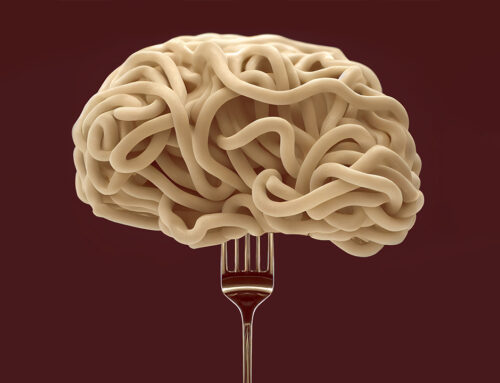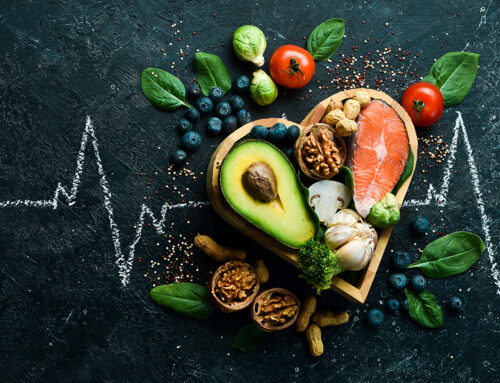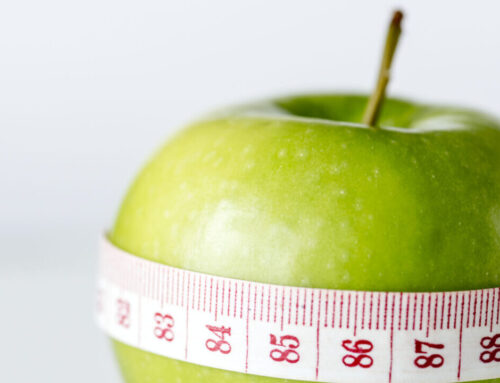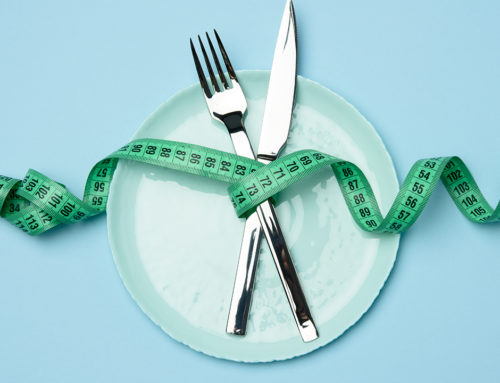Not a calorie counter? The latest trend in fitness seems to be calorie and macronutrient counting but if you’re slightly retro, from the old-school, you ain’t got time for that. Good news – expert dietitian, exercise physiologist, amateur bodybuilder and sports nutrition professor Adam M Gonzalez reveals the essential nutrition boxes you need to tick daily to ensure your diet and performance are always on track so you can achieve all your fitness goals.
Time is short so I’ll get straight to the point. You don’t need to spend your precious hours breaking down your macro and micronutrients when you can follow my four simple rules to ensure you’re fuelling your body the right way every day of the week.

Eat right first thing
It’s touted as the most important meal of the day for good reason. Regularly eating breakfast positively relates to weight management and benefits appetite control by reducing feelings of hunger throughout the day.
Additionally, the enhanced feelings of satiety following a protein-rich breakfast may also reduce appetite and prevent snacking. Breakfast enhances feelings of fullness, even during periods of calorie restriction, so regularly make breakfast a priority to aid long-term success with any diet.
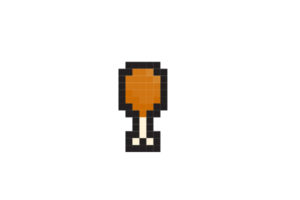
Prioritise protein
Eating protein directly after training sparks muscle protein synthesis, but the anabolic effect dwindles over the next few hours. Therefore, protein should be prioritised at every meal.
Along with promoting muscle growth, protein also has the greatest impact on dietary thermogenesis and feelings of satiety. Dietary thermogenesis is the increase in energy expenditure that occurs up to several hours after ingestion of a meal. In comparison to carbohydrates and fat, protein stimulates the greatest increase in energy expenditure above resting metabolic rate, because amino acids require energy to be digested, absorbed and metabolised.
Protein also promotes the greatest feeling of fullness in comparison to both carbohydrates and fat. This helps prevent that trip to the vending machine between meals. Higher protein diets have also been proven to aid in weight management by reducing losses in muscle mass and promoting fat loss when dieting.

Fill up on fibre
Dietary fibre gives many health benefits to your daily nutrition, yet it is typically under-consumed. While the general recommendation for dietary fibre is 25-30g per day, most people eat less than 15g.
Humans lack the enzymes to break down and digest fibre, so it has different characteristics and physiological actions compared to carbohydrates. Along with aiding gastrointestinal function and health, dietary fibre also aids the regulation of blood-sugar, which helps alleviate blood-sugar spikes and crashes. Fibre also increases food volume without increasing calorie content, allowing for greater satiety without adding extra calories.
Choose carbohydrate sources that provide a ratio of carbohydrates to fibre of approximately 5:1. Looking for an easy fix? Choose fibre-rich, nutrient- dense carbohydrate sources including vegetables, fruits, whole grains, seeds, nuts, oats, beans and brown rice.

Eat right at night
Contrary to popular belief, your metabolism doesn’t slow down at night. However, the food choices people tend to make late in the evening aren’t always the healthiest (yes, that’s you, leftover pizza and ice cream).
A late-night snack can actually be particularly important for those interested in keeping their hard-earned muscle and promoting further growth. Getting eight hours’ sleep is very important for muscle recovery, but it also means you have to wait until morning to spark protein synthesis again, which could lead to elevations in protein breakdown. Blunt overnight protein breakdown by enjoying a protein-rich late-night snack, like cottage cheese or yogurt, which are rich in casein.
Slow-digesting proteins (ie, casein) eaten prior to sleep effectively stimulate muscle protein synthesis and improve whole-body protein balance overnight.
Follow this nutritional checklist every day and you’ll always be taking the right kind of improvements that’ll bring you closer to your goals.
First seen in TRAIN magazine print Issue 30 page 32




